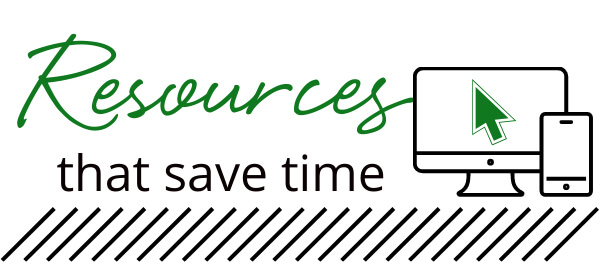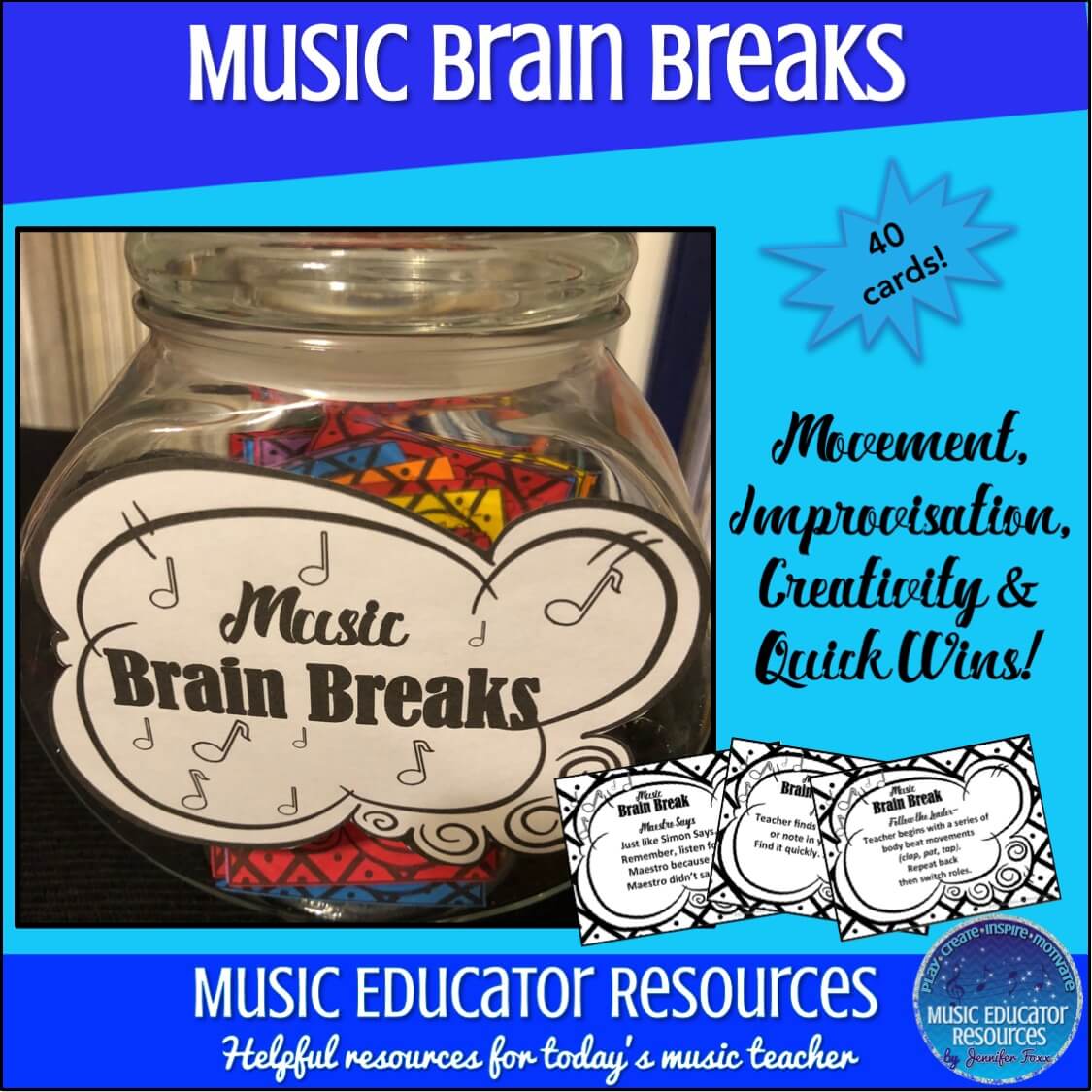This year has been a challenging year for everyone. Teachers had to adapt their lessons for so many different requirements – virtual and in person. One of the more difficult activities for music teachers to adapt was movement lessons. I always loved teaching on “Folk Dance Friday” and when I knew there was a really cool movement component. But this year students and teachers need to maintain a safe distance between each other, which means we – as teachers – need to get really creative so we can still provide these much needed lessons. These are some of my favorite movement activities that can be done in person and virtually with some prep and patience.
The Alphabet Body Percussion Game
Did you ever play the Alphabet Game on long road trips? “I went to the zoo and saw an ape…” and each person had to recite the entire list and add on with an animal starting with the next letter. This is my musical spin on that game using body percussion.
This is an additive game with each player putting their piece on the end. By limiting choices to specific rhythms and specific body percussion, the game can be adapted for different grade and skill levels. I have signs to post for the class showing which rhythms and body percussion can be used. The base-level of play in my classes is that each student needs to add 4 beats to the end of the piece. In person, I allow 4-beats between students for transitioning but then the entire piece should be performed with a steady beat. Virtually I don’t worry about time between students as long as each student keeps a steady beat once they start to account for any lag that might occur. To keep the game moving virtually, break out rooms can be utilized to make smaller groups. Whether in-person or virtual, it is important to define the student order using their names. In online meetings, students will not be in the same order on everyone’s screen.
There are several ways to adapt for different difficulty levels. Rhythm and body percussion options can be changed. For an advanced class, you could start a second rhythmic chain when the first gets halfway through the class. Another adaptation would be to change how many beats are added. I wouldn’t recommend using 1-beat though because it limits rhythm choices and doesn’t allow much processing time.
Orchestra Charades
This is a great game once students have been taught about orchestral instruments. Each student takes a turn pretending to play one of the instruments. Traditionally charades is played without sounds, but I will allow them to make instrument sounds as a variation. Sometimes students will actually “play” a familiar theme associated with that particular instrument – especially if they have studied “Peter and the Wolf” or “The Nutcracker.” In person, there are several apps you could use to create a draw pile to randomly pick the instruments ranging from spinners to simple word pickers. Depending on the grade level, you could share your online choice tool or have students write down their instrument pick before performing. If you use the chat function, you could also send their instrument through private chat. I love this game for virtual lessons because it can be played with cameras off other than the performer. Sometimes students have anxiety performing in front of people, but turning the cameras off will lessen the anxiety.
Statue Dancing
One of my favorite movement activities is statue dancing. This activity is about students moving creatively and expressively as indicated by the music but still showing some sort of relationship with the other students. Different genres of music will result in unique movements and statue shapes. I typically teach this activity in 4 steps:
- Listen to the music with a focused question to guide students such as “What emotions do you hear in the music?”
- Discuss how to expand these emotions (or whatever the focal point is) using body language, facial expressions, movement fluidity.
- Allow open movement as a solo statue (paying no attention to others) for the entire piece within each student’s designated space.
- Transfer movements to small groups being careful to relate to each other (reactionary) while reflecting the music. Students stagger entrances and freeze to create statues.
Using Students A-C, this is how I organize step 4. The first way is to have each student move for a phrase. Student A would freely move during the 1st phrase before freezing. Student B enters on phrase 2 and freezes at phrase 3, and Student C enters on phrase 3 and freezes on the 4th phrase. It isn’t until the beginning of the 4th phrase that Student A is able to move again for 1 phrase. Each student moves and reacts to the shapes and emotions of the frozen students.
The second method I use will allow for 2 students to be moving at the same time. In this set-up, students will move for 2 phrases, but with a 1-phrase interval for entrances. Student A begins moving when the music starts and continues until phrase 3 starts. Student B starts at phrase 2 and keeps moving through phrase 3 before freezing. Student C enters on phrase 3 and freezes at phrase 5 with Student A unfreezing at phrase 4. Again students should pay attention to the expressions and movements of the others in their group.
Adapting this for social distancing required some creativity, because it is an extension of Freeze Dance and not the same. In person, it is important to designate an assigned space for each student so they can maintain social distancing. Students can look at the shapes, facial expressions, and positions of the students around them to determine how they react. In a virtual meeting, verbally put them into groups or in their own breakout rooms with a link to the music to practice. Then each group can present their movements to the whole group – students not performing can have their camera off to reduce distractions.
These are some ways I’ve come up with to adapt my favorite movement activities. How have you included movement in virtual and socially distanced classes?
Musically,
Melissa Angstadt




































